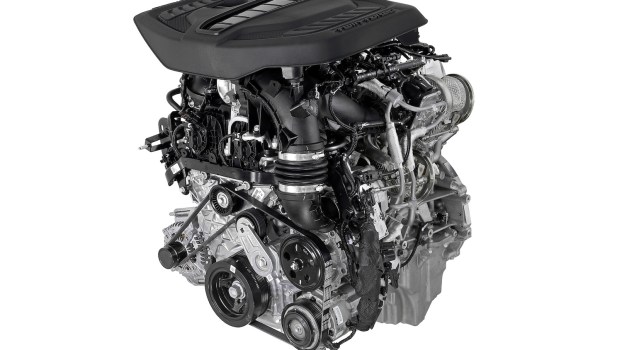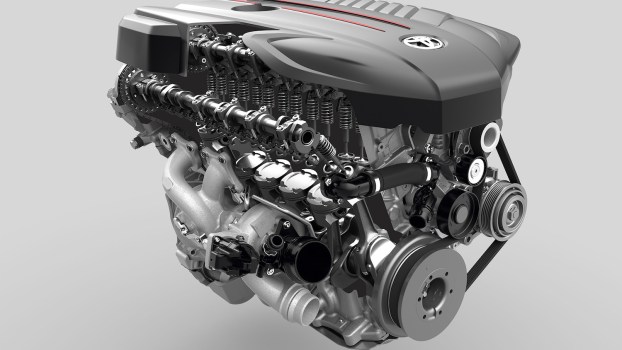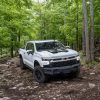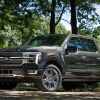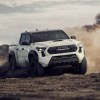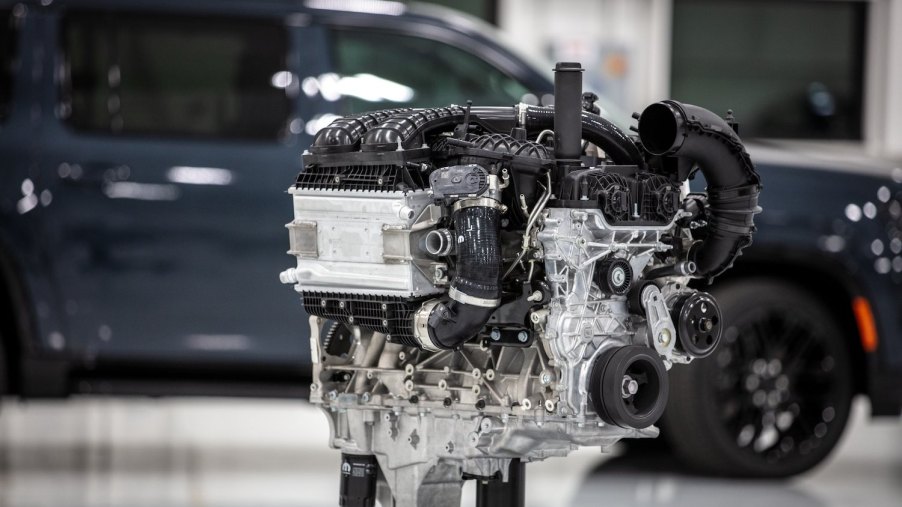
Return of the Slant Six: Ram’s New Hurricane I6 Will Trigger Nostalgia for Classic Truck Fans
“Wait, a new straight-six?” I stared at Ram’s announcement for the “Hurricane” I6 engine in its 2025 pickup trucks. While this twin-turbocharged 3.0-liter I6 is a next-generation V8 replacement, all I could think about was the old Slant Six in the Dodge Ram my dad owned while I was growing up.
The legend of the Chrysler Corporation’s Slant Six
Some works of art gain such notoriety that they transcend their genre and earn eternal fame: You don’t have to be a fan of Renaissance-era portraits to know the Mona Lisa or of 1960s folk to have heard “Like a Rolling Stone.” I would put the Chrysler Corporation’s Slant Six in this category.
A stretch? Maybe, but hear me out. Dozens of different I6 engines served as entry-level powerplants when every car and truck was front-engine/RWD. But none still enjoy the reputation of the Slant Six. This engine was ubiquitous, more reliable than most, and, importantly, its shape made it instantly recognizable. Hell, there are still car shows filling parking lots that are entirely dedicated to Slant-Six-equipped vehicles. That’s right, shows that aren’t for one brand or even vehicle class–just for the Slant Six engine.
Chrysler Corporation engineered the Slant Six to replace its flat-head I6 in the 1960 Plymouth Valiant. Rumor has it that designer Virgil Exner (known as “the father of the fins”) insisted on a low hood to give the Valiant a more “European” look. The engineers wanted a long piston travel to hit normal I6 torque numbers. The compromise was slanting the cylinder bank 30 degrees.
By 1963, the Slant Six was the entry-level option for most of the Chrysler Corporation’s lineup–including Dodge trucks. The automaker had ditched the Slant Six’s original aluminum engine block for tried-and-true cast iron. The result was overbuilt and reliable. You could get a Slant Six in a Dodge Ram truck until 1987. Chrysler sold a marine version until 1991.
Countless car enthusiasts first wrenched on a Plymouth Valiant or the original Dodge Dart with a Slant Six. I posted a photo of the annual Redwood City, California, Slant Six meet to my Twitter. It triggered an outpouring of nostalgia. Jim Bunte said, “One of the greatest motors ever.” Christian Merritt agreed, “Work horse.”
“Solid motor is my experience,” wrote Hanger Len. “Bulletproof for sure,” Tad Noonan said. “About the most reliable engine you can have,” Todd Sondles concluded.
“Owned 5 or six Chrysler products with /6s. Just sold my 72 valiant. Wonderful engine.”
Moe via Twitter
“Bullet proof…used that engine for decades! 225 slant 6 was indestructible!”
Michael Abbeduto via Twitter
“First car was a ‘65 Valiant with a 225 Slant-6 and three on-the-tree: The only thing that’ll survive nuclear winter are cockroaches and old Valiants.”
Patrick via Twitter
The straight-six engine is dead: long live the straight-six!
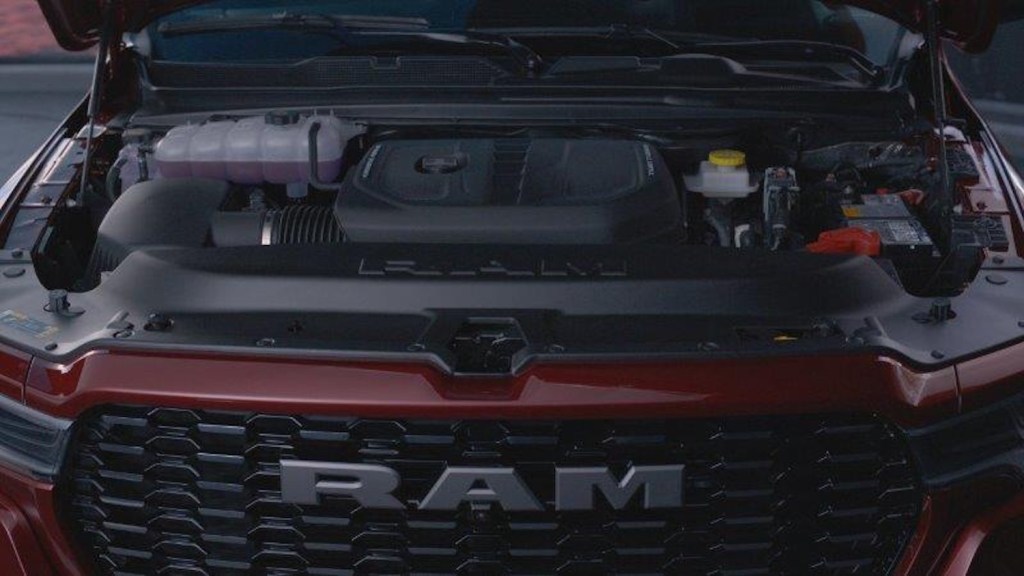
When Chrysler Corporation tossed its steadfast Slant Six for a V6, it wasn’t alone. Most of the industry was moving to V6 engines. Their smaller blocks made them lighter and cheaper. You can also install a V6 (transversely) in a FWD car designed for an I4.
But V6s aren’t without their downsides. With twice as many cylinder banks, they have twice as many valve train components as a straight-six. This makes them harder to maintain and more expensive to rebuild. And with less room in the engine bay, they can be harder to work on. Finally, many V6s have shorter piston travel and thus make less torque.
Another benefit of the modern straight-six layout is that it leaves lots of room for components such as turbochargers. This is a major reason the I6 is mounting a triumphant comeback. Ford may have pioneered a low-displacement, turbocharged V8-replacement with its “TurboBoost” V6 series. But in the past decade, many automakers have found that inline engines are a better fit. Finally, an inline engine doesn’t need the same counterweights that a V-shaped engine does and thus has a higher theoretical redline.
Mazda and Mercedes both recently developed a next-generation I6 engine for their crossovers. BMW has long been a champion of the I6s and is supplying Toyota with engines for the new Supra. There is even a new diesel I6 in the Genesis GV80 SUV. Stellantis (Chrysler’s latest parent company) chose to debut its new turbocharged 3.0-liter “Hurricane” I6 in the Jeep Wagoneer SUV. For the 2025 model year, the Hurricane will take Ram trucks by storm.
The 3.0-liter Hurricane I6 is replacing the 2025 Ram 1500’s Hemi V8
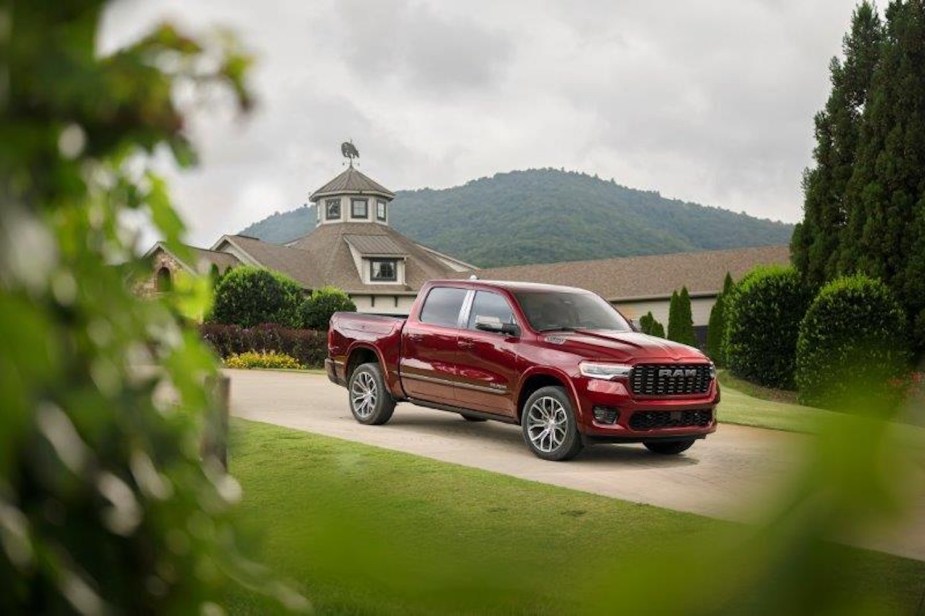
In the fall of 2024, Ram made headlines when it announced it was ditching the 5.7-liter Hemi V8 for an I6. The 2025 Ram 1500’s base engine will still be the naturally-aspirated “Pentastar” V6. But if you want to upgrade, you’ll have two tunes of the turbocharged I6 to choose from. Here’s how they stack up to V8s.
| 5.7-liter HEMI V8 | SO “Hurricane” I6 | 6.4-liter HEMI V8 | HO “Hurricane” I6 | |
| Displacement | 5.7 liters (345 cubic inches) | 3.0 liters (approx. 183 cubic inches) | 6.4 liters (392 cubic inches) | 3.0 liters (approx. 183 cubic inches) |
| Horsepower | 363-395 horsepower | 420 horsepower | 470-485 horsepower | 540 horsepower |
| Torque | 394-410 lb-ft | 468 lb-ft | 470-475 lb-ft | 521 lb-ft |
| Boost | Naturally-Aspirated | 22 psi | Naturally-Aspirated | 26 psi |
The surprise twist was that the 540 horsepower “High Output” Hurricane–seemingly destined to replace the 6.4-liter Hemi in heavy-duty Rams–will be available in the Ram 1500. And many said this was a move to placate die-hard V8 fans. But there’s another reason Ram truck fans may embrace the I6 with open arms: the Slant Six nostalgia it triggers.
Though most of the Slant Six engines my dad and I have owned have been in passenger cars, he did have a 2WD Dodge Ram D50 with a Slant Six. He got it because it was one of the final vehicles with that beloved engine. It certainly wasn’t set up for heavy towing, but would tackle any job a modern midsize truck could. He has never bought a new truck. But last time we spoke, he admitted he was eyeballing the new Rams. He said, “That’s the closest to a slant six you can get in any new vehicle!”
Next, read about the origins of the myth that inline engines make more torque, or see how the Hurricane I6 tows for yourself in the video below:
